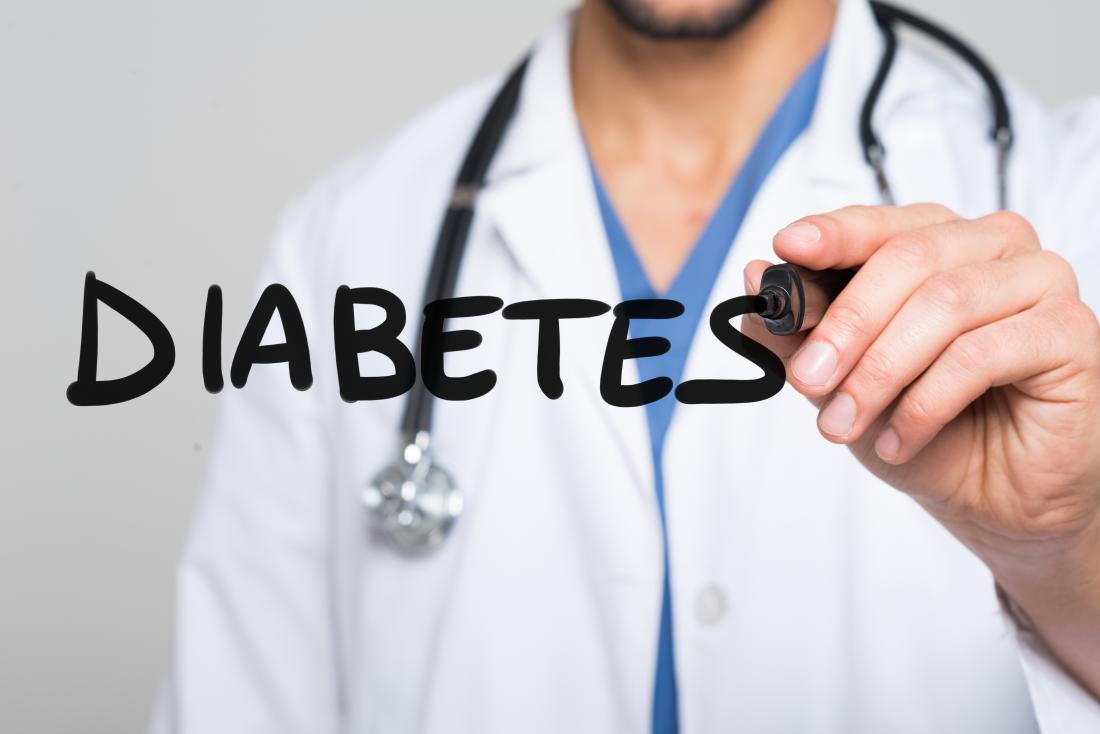The Hidden Dangers of High Uric Acid: More Than Just Gout
When most people hear about high uric acid, they immediately think of gout—a condition infamous for causing sudden, severe pain in the joints, often the big toe. However, the reality is that elevated uric acid, or hyperuricaemia, is a much broader health concern. It is a silent, often overlooked risk factor that can quietly undermine your health, even if you never experience a single gout attack. [caption id="attachment_12850" align="alignright" width="300"] Credit:...
High Blood Glucose: How It Triggers Serious Health Issues in Women
Diabetes is often called a “silent” disease, especially as its early symptoms can be subtle and easily mistaken for everyday stress, hormonal changes, or simply the effects of ageing. Yet, undiagnosed or poorly managed diabetes can have a profound impact on a woman’s health, affecting everything from heart and kidney function to fertility and mental wellbeing. The Scope of the Problem in Singapore Diabetes is a significant health concern in Singapore. While...
The Viral Carnivore Diet: New Study Warns of Serious Kidney Risks
The carnivore diet, which has surged in popularity for its supposed weight loss and mental health benefits, is now under scrutiny after a recent study linked it to a dangerous kidney condition. This diet, which eliminates all plant-based foods in favour of animal-derived products, is high in fat and cholesterol but extremely low in carbohydrates and fibre. While some followers claim it helps with weight loss and inflammation, health experts...
High Cholesterol: The Silent Threat and How to Spot the Warning Signs
High cholesterol is often dubbed a “silent condition” because it rarely presents obvious symptoms, yet it significantly increases the risk of heart attacks and strokes. In Singapore, the prevalence of high blood cholesterol (hyperlipidaemia) among adults aged 18 to 69 has risen sharply in recent years, with the latest figures showing that about 39% of adults are affected—a substantial increase from 26% just a decade ago. Many Singaporeans remain unaware...
Are You Getting Enough or Too Much Protein? Protein is Good for You BUT…
Protein: it's the nutrient everyone's talking about in Singapore. From protein-boosted kopi at your local hawker to a dizzying array of protein bars at the supermarket, it's hard to escape the hype. But before you reach for that extra scoop of protein powder, let's get real. Yes, protein is essential, BUT...
Type 5 Diabetes? Get to know this “new” type of diabetes!
Type 5 diabetes, recently recognised by the International Diabetes Federation (IDF), represents a pivotal shift in our understanding of diabetes classifications. Driven by childhood malnutrition rather than auto-immunity or obesity, it now accounts for millions of cases—mostly in South and South-East Asia as well as sub-Saharan Africa—yet remains largely under-diagnosed elsewhere. Type 5 diabetes differs fundamentally from other diabetes types. While all forms affect how the body processes glucose, type 5...
Going to Bed Hungry Can Be Dangerous—If You’re Diabetic!
For individuals with diabetes, managing blood sugar levels is a delicate balancing act that doesn’t stop when the day ends. Going to bed hungry may seem harmless, but it can lead to serious complications, especially for those on insulin or other blood sugar-lowering medications. Experts warn that sleeping on an empty stomach can cause unstable blood sugar levels during the night, potentially resulting in nocturnal hypoglycaemia—a condition that can have...
Diabetes Risk Can Surprisingly Be Lowered by Consuming This Sweet Food
It's a common belief that people with diabetes or those at risk should avoid sweet foods altogether. However, new research suggests that one of the sweetest fruits, mangoes, may actually help improve blood sugar regulation and reduce diabetes risk. Often celebrated for their tropical flavour, mangoes are now being recognised for their potential health benefits, according to a study published in the journal Nutrients. The study, conducted by the Illinois Institute...
Vegetables Are Healthy! But Is a Vegetarian Diet Actually Healthy?
Many people believe that eating vegetables is synonymous with being healthy. In Singapore, this mindset is particularly common, with many associating vegetarian diets with better health, weight management, and even disease prevention. The idea that "vegetables are always good for you" has led to a growing number of people adopting plant-based diets, often under the assumption that cutting out meat automatically results in a healthier lifestyle. While a vegetarian diet...
Five Strategies to Prevent Fatty Liver Disease
The liver, the largest internal organ in the human body, is a powerhouse of activity, performing over 500 essential functions that are critical to maintaining overall health. It acts as the body’s detoxification centre, filtering harmful substances from the blood, metabolising nutrients, and producing bile to aid in the digestion of fats. Additionally, the liver plays a key role in regulating blood sugar levels, storing vitamins and minerals, and synthesising proteins...










